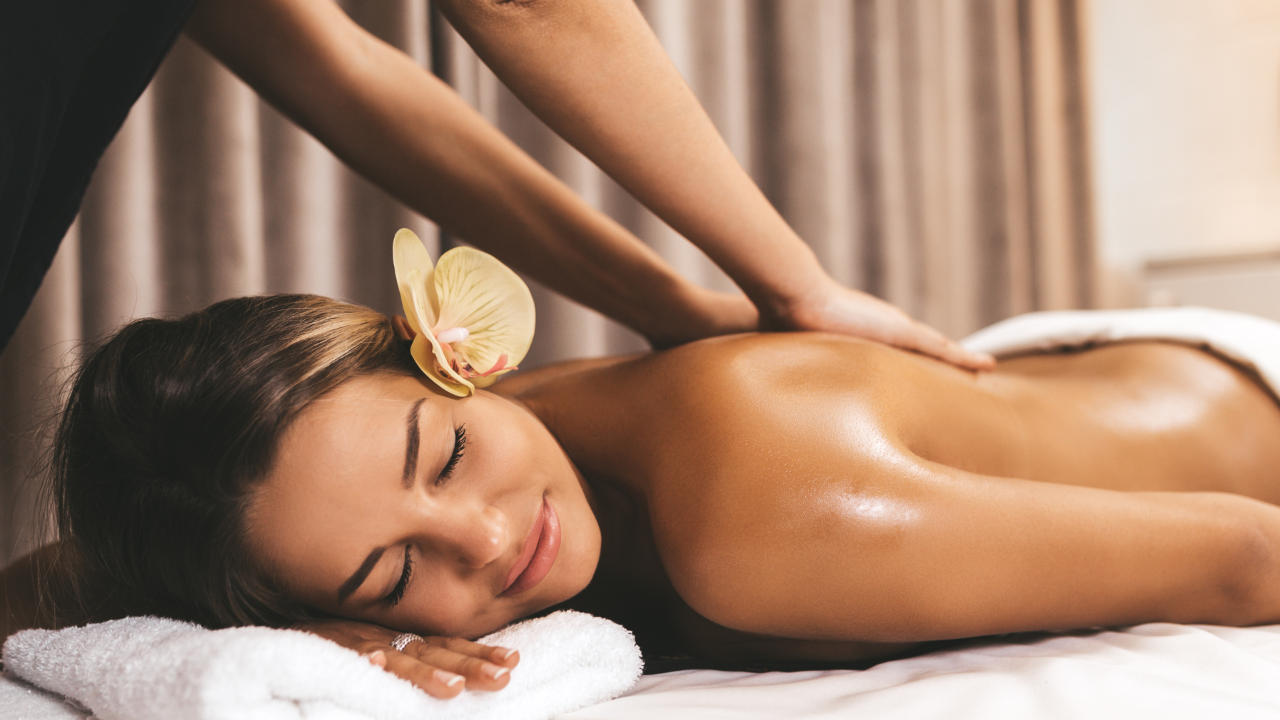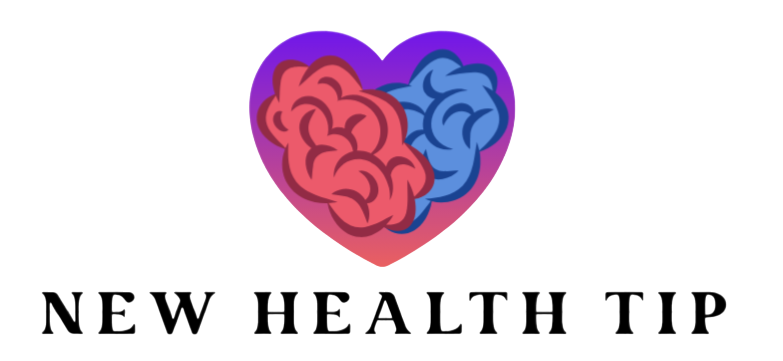
In the fast-paced modern world, stress has become a ubiquitous companion, impacting both mental and physical well-being. This exploration delves into the vital role of massage, particularly Swedish 마사지 techniques, in stress reduction and relaxation. By understanding the profound effects of massage on the body and mind, we unveil the therapeutic power that contributes to overall well-being.
The Stress Epidemic:
- Modern Lifestyle Challenges:
The demands of contemporary life, including work pressures, tight schedules, and constant connectivity, contribute to heightened stress levels.
- Impact on Health:
Prolonged stress has been linked to various health issues, including cardiovascular problems, weakened immune systems, and mental health disorders.
The Therapeutic Touch of Massage:
- Release of Endorphins:
Massage, through its various techniques, triggers the release of endorphins—natural mood elevators and painkillers. This natural biochemical response induces a sense of relaxation and well-being.
- Reduction of Cortisol Levels:
Cortisol, the stress hormone, is known to accumulate during periods of chronic stress. Massage has been shown to reduce cortisol levels, aiding in stress management and preventing associated health issues.
- Muscle Tension Alleviation:
Stress often manifests as muscle tension and knots. Swedish massage, with its gentle strokes and kneading, targets these areas, promoting muscle relaxation and alleviating physical tension.
Swedish Massage Techniques:
- Effleurage:
The long, flowing strokes of effleurage in Swedish massage contribute to a soothing and calming effect. This technique helps in relaxing the nervous system and promoting a sense of overall tranquility.
- Petrissage:
Kneading motions in petrissage target deeper muscle layers, releasing tension and promoting blood circulation. This aids in reducing muscular soreness and contributes to a profound state of relaxation.

- Friction:
Friction techniques generate heat, promoting increased blood flow and improving flexibility. The gentle warming effect contributes to the overall relaxation experience.
- Tapotement:
Rhythmic tapping and percussive movements in tapotement invigorate muscles and improve circulation. This technique adds an energizing element to the massage, balancing relaxation with revitalization.
- Vibration:
Vibration, a gentle shaking movement, induces a sense of calmness and relaxation. Applied to different muscle groups, it helps release tension and contributes to an overall feeling of well-being.
The Mind-Body Connection:
- Enhanced Sleep Quality:
Regular massage, especially Swedish massage, has been associated with improved sleep quality. The relaxation induced by the massage contributes to a restful and rejuvenating sleep experience.
- Cognitive Benefits:
Massage’s positive impact on stress extends to cognitive functions. It helps reduce mental fatigue, improve concentration, and foster a clearer mindset.
Holistic Well-Being:
- Emotional Balance:
Beyond physical benefits, massage promotes emotional balance. The release of tension and stress contributes to a more positive emotional state.
- Preventive Healthcare:
Regular massage has preventive benefits, potentially reducing the risk of stress-related health issues, including cardiovascular problems and chronic conditions.
Conclusion:
In the realm of stress reduction and relaxation, the art of 마사지, particularly through the time-honored techniques of Swedish massage, emerges as a potent ally. By addressing both the physical and mental aspects of stress, massage becomes a holistic therapy that not only alleviates tension in the muscles but also fosters a profound sense of well-being. As individuals seek respite from the pressures of daily life, the therapeutic touch of massage offers a pathway to serenity and ultimate relaxation.






